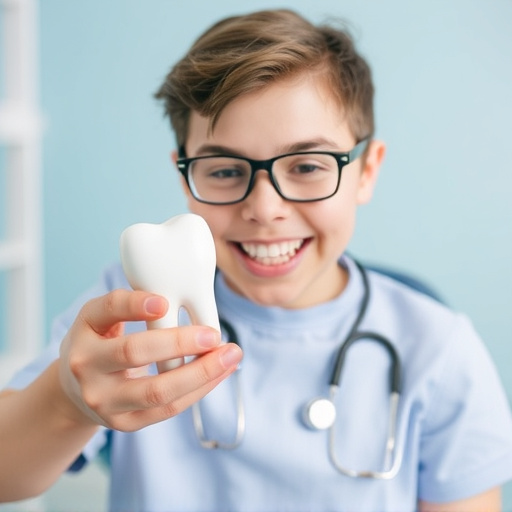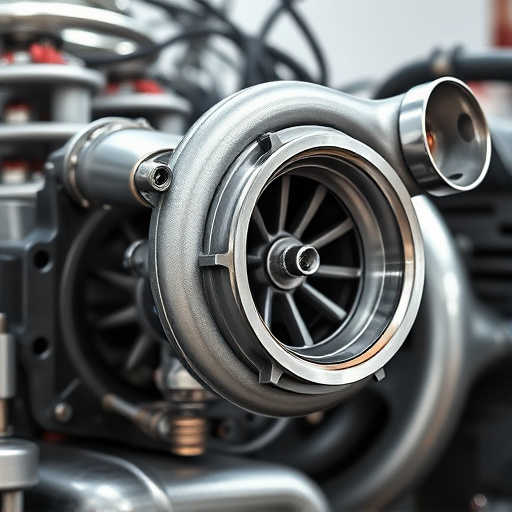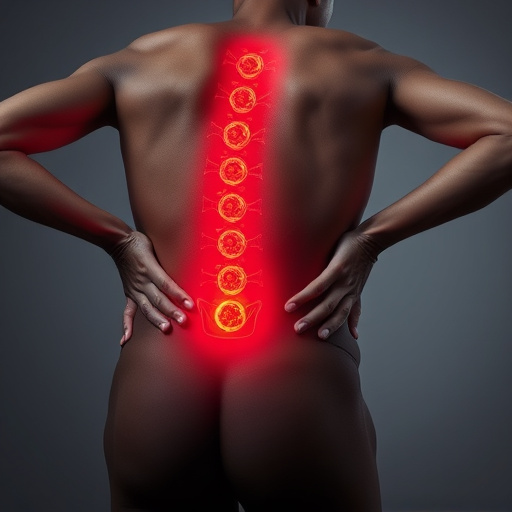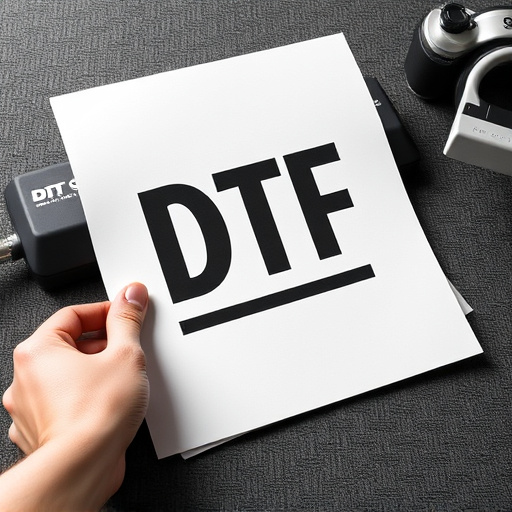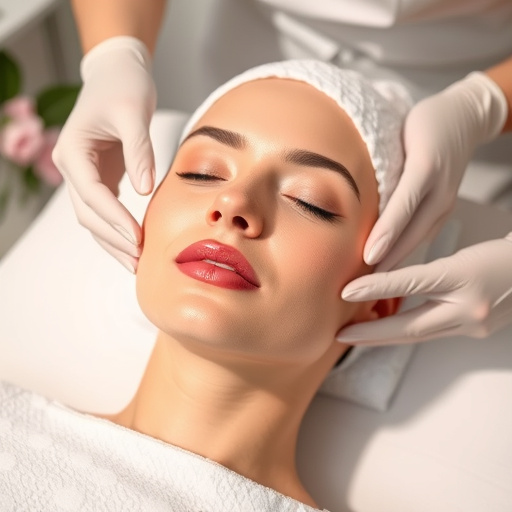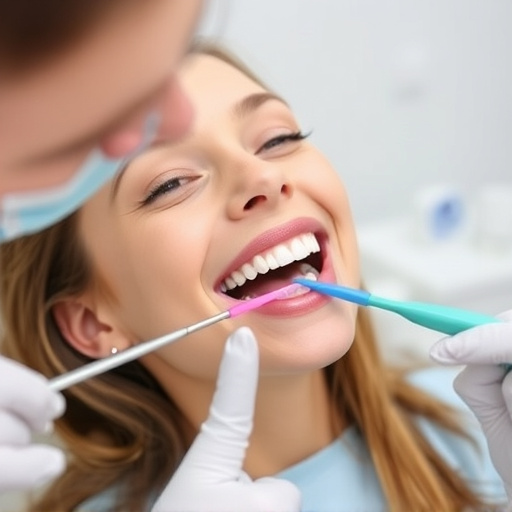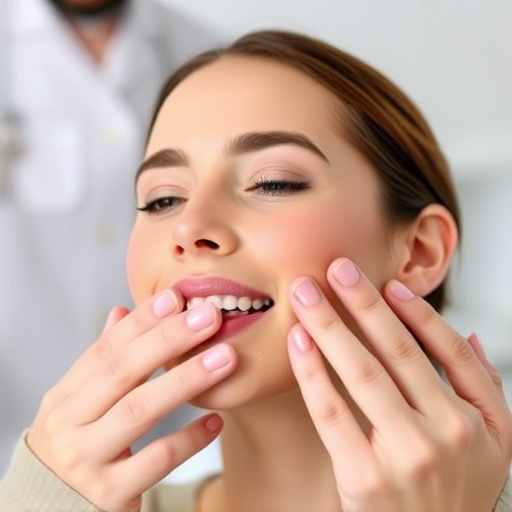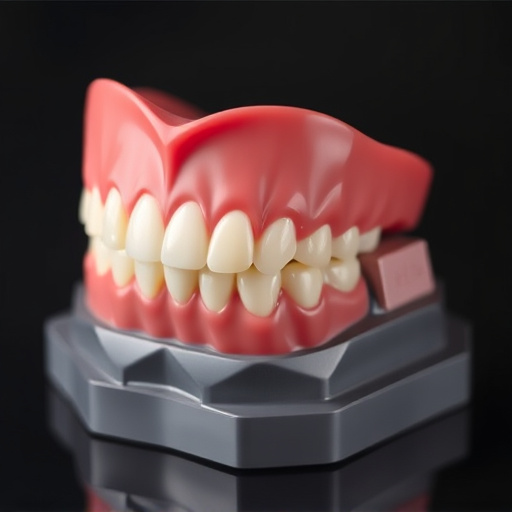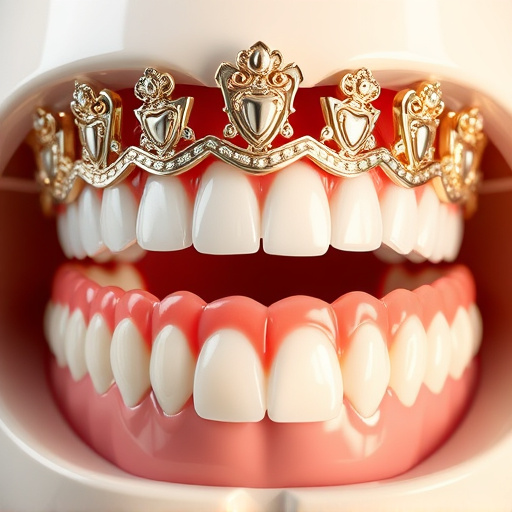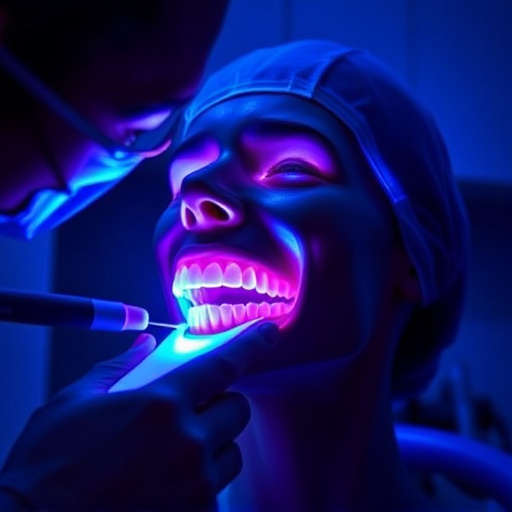Sleep apnea, a common sleep disorder causing breathing disruptions, poses serious health risks if left undiagnosed. Dental sleep apnea, rooted in jaw position and throat soft tissue issues, shares similar symptoms. Non-CPAP treatments like oral appliance therapy (OAT) and clear aligners offer comfortable alternatives for managing sleep apnea, enhancing sleep quality, reducing cardiovascular risks, and promoting a holistic approach to treatment. Modern restorative dentistry techniques, addressing dental issues like misaligned jaws, provide tailored solutions for improved quality of life, gaining popularity in pediatric care.
Sleep apnea, a common yet serious disorder, can now be treated without the traditional CPAP machine. This shift brings relief to many, as the constant beeping and discomfort of CPAP therapy has deterred some from seeking help. Dental sleep apnea treatment offers a comfortable alternative.
This article delves into understanding this condition, exploring non-CPAP options, and highlighting modern treatments’ benefits and innovations, providing hope for improved sleep quality and overall well-being. Discover how advanced solutions are changing the game in sleep apnea management.
- Understanding Dental Sleep Apnea and Its Impact
- Exploring Non-CPAP Treatment Options
- Benefits and Innovations in Modern Treatments
Understanding Dental Sleep Apnea and Its Impact
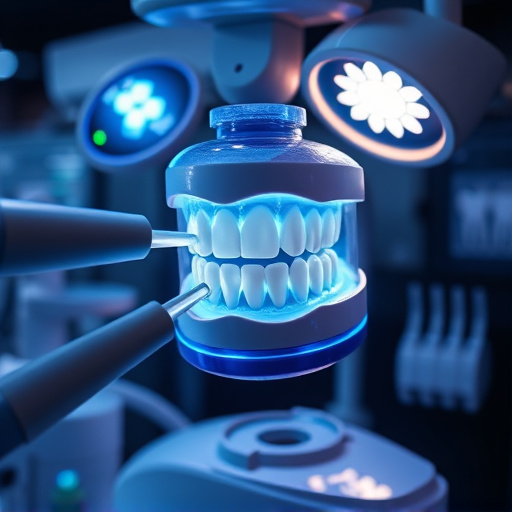
Sleep apnea is a common yet often undiagnosed sleep disorder that affects millions worldwide. It occurs when the upper airway is blocked during sleep, leading to pauses in breathing or reduced airflow. These episodes can last for several seconds to minutes and may occur multiple times each night, disrupting the body’s natural sleep cycles. Dental sleep apnea, specifically, is caused by issues with the jaw position and soft tissue in the throat, resulting in similar symptoms.
The impact of undiagnosed and untreated sleep apnea can be severe. It increases the risk of cardiovascular problems, cognitive impairment, and even contributes to a higher incidence of accidents and injuries. Many individuals struggling with sleep apnea are unaware of its presence, as it often manifests during deeper stages of sleep. Fortunately, awareness is growing, and advanced treatments like clear aligners offer an effective alternative to the traditional CPAP mask. These custom-fitted devices gently adjust the jaw position, keeping the airway open throughout the night. As a result, patients can enjoy improved breathing, better sleep quality, and increased overall well-being without the discomfort or restrictions associated with other methods. Additionally, preventive dentistry plays a crucial role in managing sleep apnea by addressing related oral health issues promptly, ensuring a comprehensive approach to treatment.
Exploring Non-CPAP Treatment Options
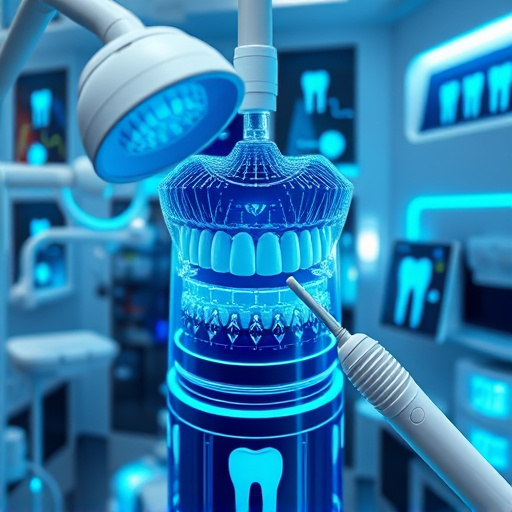
Exploring Non-CPAP Treatment Options
For many years, Continuous Positive Airway Pressure (CPAP) machines have been the gold standard for sleep apnea treatment. However, their size, noise, and discomfort have led many patients to seek alternative solutions. Luckily, advancements in dental technology now offer promising non-CPAP treatments that can effectively address sleep apnea without the drawbacks of traditional CPAP therapy. One such option is oral appliance therapy (OAT), which involves wearing a custom-fitted mouth guard during sleep to keep the airway open and prevent apneic episodes.
Compared to CPAP machines, OAT offers greater comfort and flexibility. Additionally, comprehensive dental care that includes options like clear aligners can provide another viable alternative for those looking for discreet and effective sleep apnea treatment. These innovative approaches not only improve sleep quality but also contribute to better overall health by reducing the risk of cardiovascular diseases and other complications associated with undiagnosed or untreated sleep apnea.
Benefits and Innovations in Modern Treatments
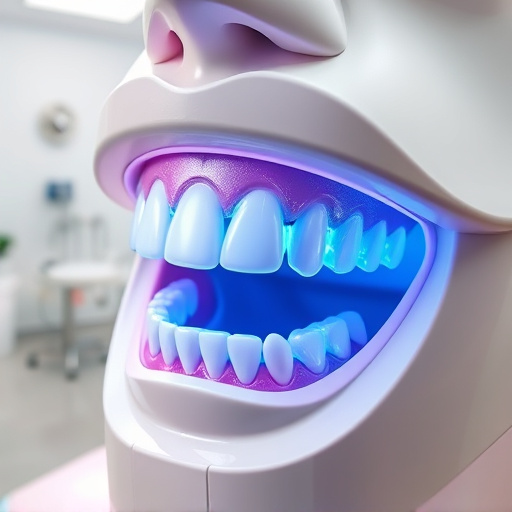
The field of sleep apnea treatment has witnessed remarkable advancements in recent years, offering patients more options and improved quality of life. Modern treatments go beyond the traditional Continuous Positive Airway Pressure (CPAP) machines, providing innovative solutions for better compliance and comfort. One such game-changer is the integration of restorative dentistry techniques into sleep apnea management. By addressing dental issues like misaligned jaws or teeth grinding, dentists can create a more open airway, naturally enhancing breathing during sleep without relying heavily on machinery.
Additionally, modern sleep apnea treatments cater to various patient needs, including children’s dentistry. Custom-fit oral appliances, designed to keep the airway clear and support proper jaw alignment, are becoming increasingly popular among pediatric patients. These innovative solutions not only help manage symptoms but also promote better oral health habits, such as improved teeth cleaning routines. This multifaceted approach ensures that sleep apnea treatment is both effective and integrated into a patient’s overall dental care regimen.
Dental sleep apnea treatment options have evolved significantly, offering relief from disruptive nights without relying on the traditional CPAP machine. By exploring innovative non-CPAP treatments, individuals can experience improved sleep quality and overall well-being. These modern approaches provide a more comfortable and convenient solution for managing sleep apnea, making it easier than ever to get a peaceful night’s rest.



